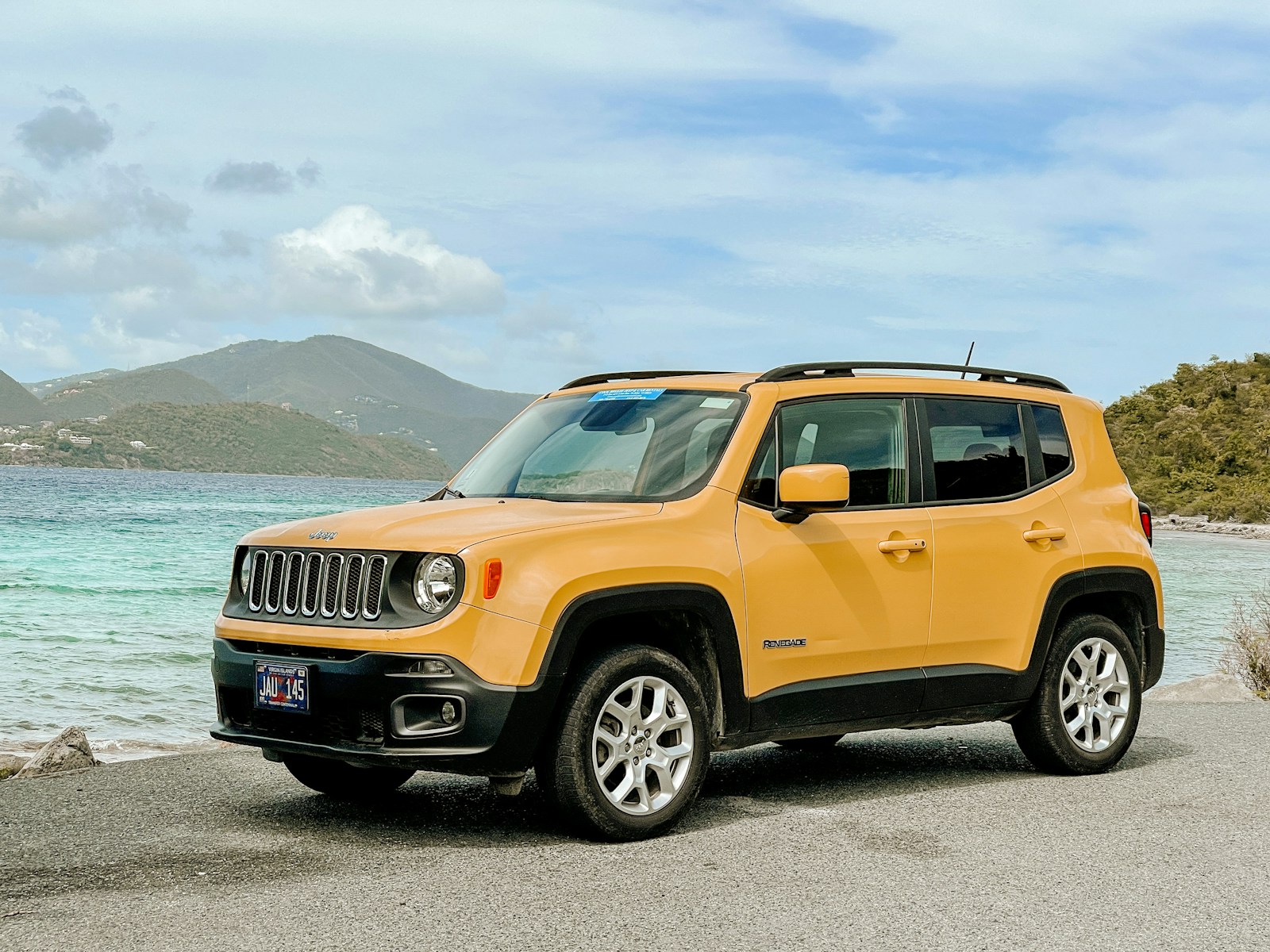
conducir

drive
The Spanish word for 'drive' is 'conducir'. It is used in similar ways to the English verb 'drive'. It can refer to operating a vehicle, like 'conducir un coche' means 'drive a car'. However, it does not have the metaphorical meanings that 'drive' does in English, like determination or motivation.
Example sentences using: conducir
Conduce con cuidado.

Drive carefully.
This is an example of a command or request, where the listener is being instructed to drive carefully.
Yo conduzco el carro.

I drive the car.
This sentence is using the first person (Yo) followed by the verb conducir in present tense (conduzco), to indicate the action of driving a car.
Ellos conducen el autobús.

They drive the bus.
Here, the verb conducir is conjugated in third person plural (Ellos) in present tense (conducen), to depict a group of people driving the bus.
Usted conducirá mi coche.

You will drive my car.
In this sentence, conducir is conjugated in future tense with second person formal (Usted conducirá), expressing a prediction or plan for you to drive my car.
María condujo el taxi ayer.

Maria drove the taxi yesterday.
This example is using past tense (condujo) to represent that Maria drove the taxi in the past.
Nosotros conduciremos a la playa.

We will drive to the beach.
This sentence is expressing a future intention (conduciremos) that we will drive to the beach.
Estoy conduciendo al trabajo.

I am driving to work.
This sentence uses the present continuous tense (estoy conduciendo) to show an action that is currently happening.
No conduzcas después de beber.

Don't drive after drinking.
This is an example of a negative command (no conduzcas) used to advise not to drive after consuming alcohol.
Ella aprendió a conducir a los 18.

She learned to drive at 18.
This sentence uses past tense (aprendió a conducir) to indicate that she learned to drive when she was 18.
Él está aprendiendo a conducir.

He is learning to drive.
This sentence expresses an ongoing action in present using the present continuous tense (está aprendiendo a conducir), meaning that he is in the process of learning how to drive.